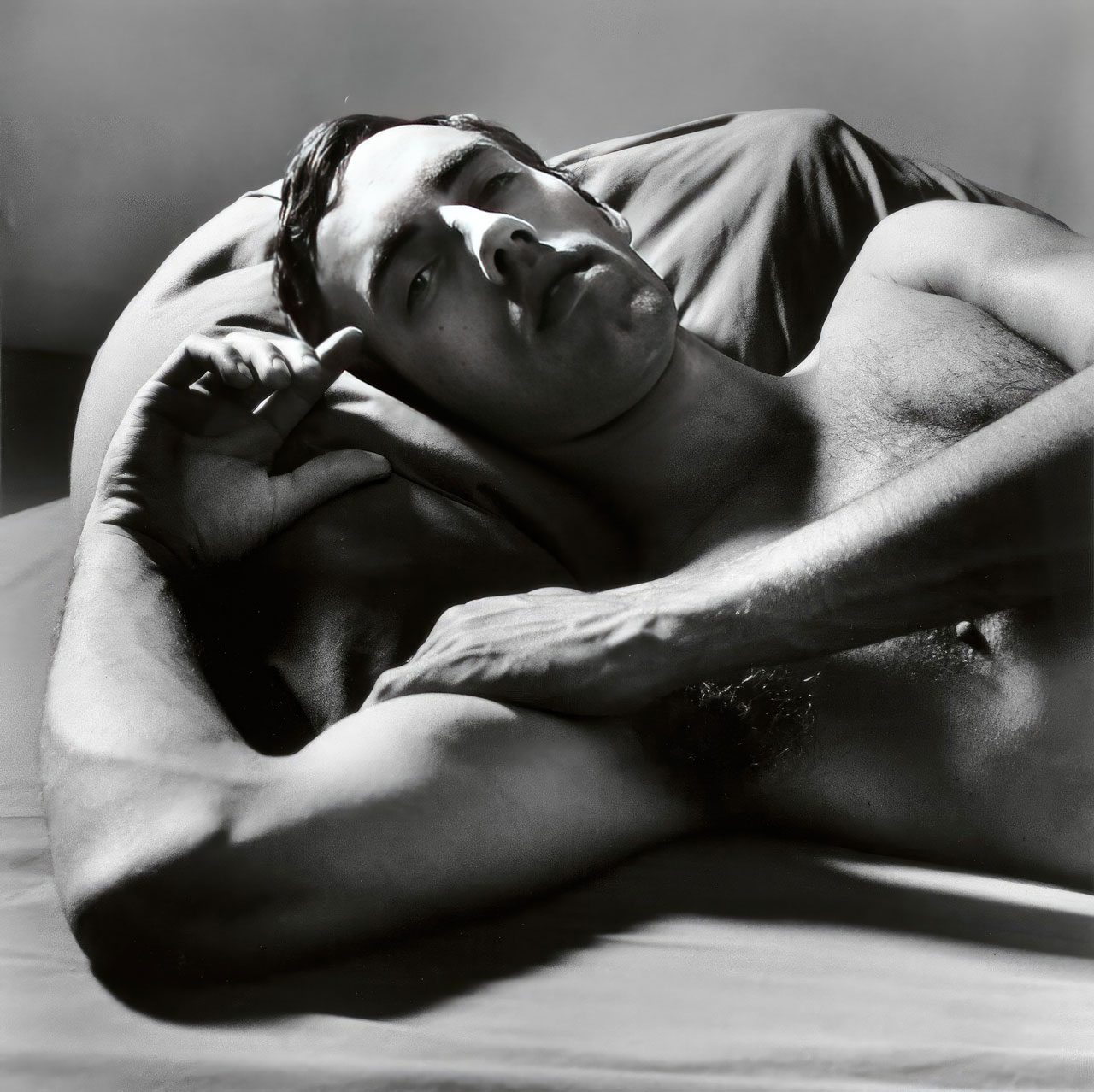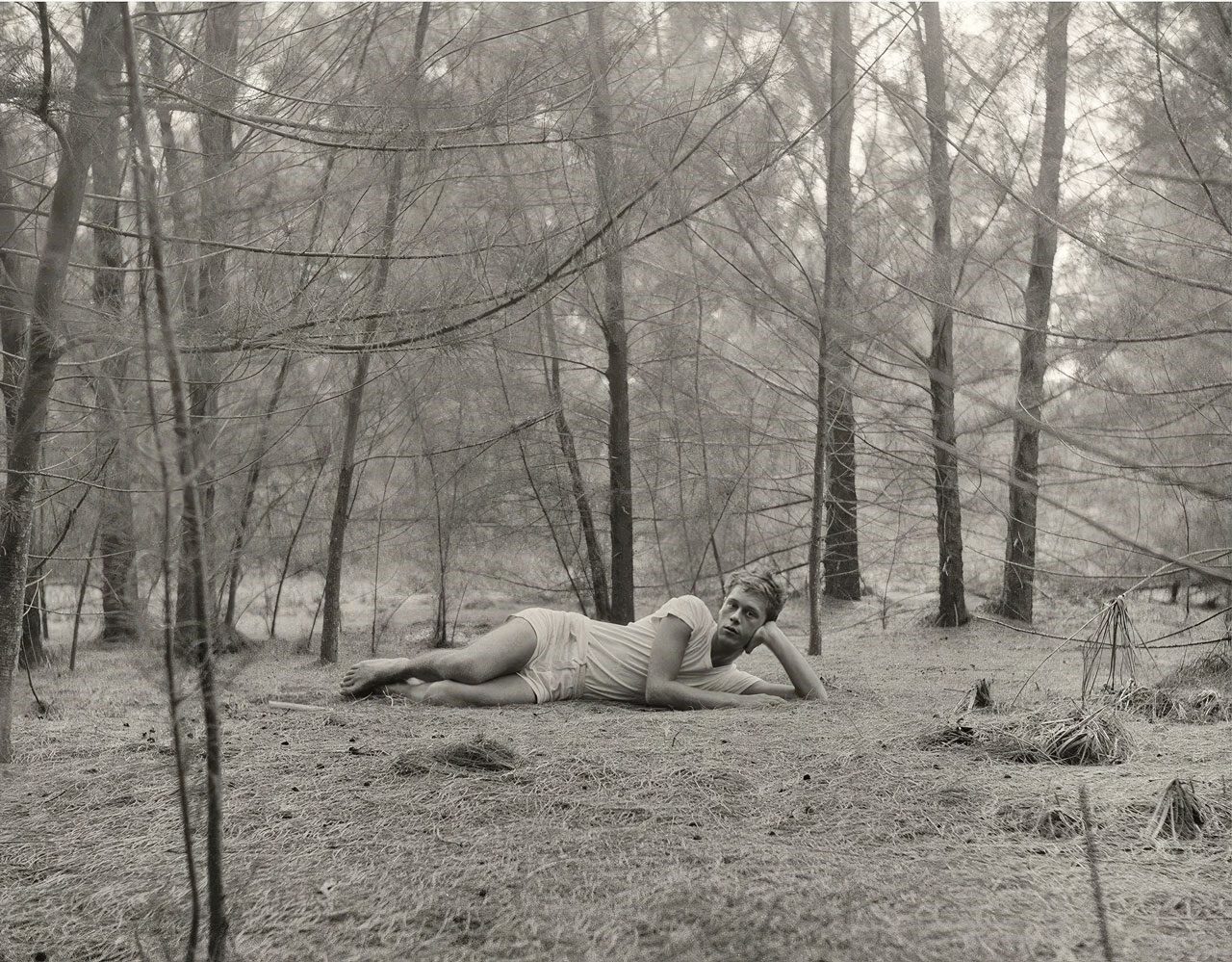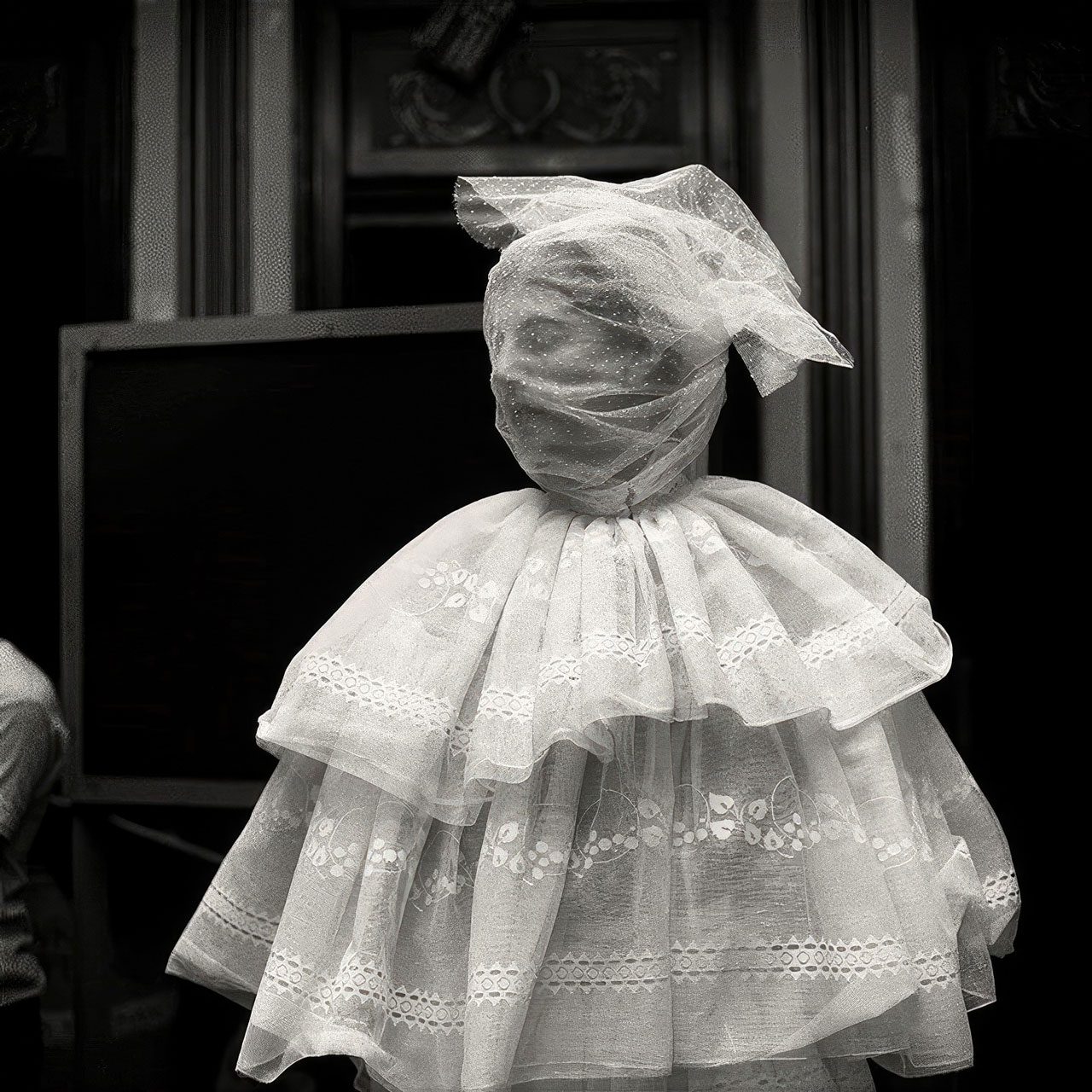PHOTO: Peter Hujar-Eyes Open in the Dark
Unflinching and at times dark, he captured intellectuals, luminaries, and members of New York City subculture in moments of disarmed vulnerability. Hujar embraced male sexuality unabashedly and was unafraid to examine death and dying. In her introduction to “Portraits in Life and Death”, Susan Sontag wrote, “…Fleshed and moist-eyed friends and acquaintances stand, sit, slouch, mostly lie – and are made to appear to meditate on their own mortality…Peter Hujar knows that portraits in life are always, also, portraits in death”.
By Dimitris Lempesis
Photo: Raven Row Archive
The exhibition “Eyes Open in the Dark” takes on the full breadth of Peter Hujar’s later photography. Hujar was a central figure in the downtown scene of 1970s and early 80s New York, but at his death in 1987 from AIDS-related pneumonia his work was largely unknown to a broader art world. Now it is widely admired for its austere elegance and emotional charge. Hujar’s principal concern was with forms of portraiture – of his friends and denizens of the downtown scene, whom he encountered on the street, shot in his apartment studio or sought out backstage. He also turned his attention to animals, whom he photographed with particular empathy, as well as to architectural, landscape and street photography. The exhibition concentrates on his later work, when his emergence from a debilitating depression in 1976 brought about a new expansiveness. The exhibition also reveals the darkening tone of his photography in the early 1980s, as the AIDS crisis devastated his community, and his work entered into dialogue with the younger artist David Wojnarowicz. Peter Hujar was born in Trenton, New Jersey, to Rose Murphy, a waitress who worked tables in Lower Manhattan. His father was a bootlegger who abandoned his mother before their son was born. Without the financial means to properly support him, Rose sent her son to live with his Ukrainian grandparents on their farm in neighboring New Jersey. He spent these formative years in the care of his grandparents, both of whom spoke no English. In 1946 Hujar moved to New York City where he lived with his mother and her second husband. Having been handed down a camera by Rose in 1947, the twelve-year-old Hujar was determined to pursue a career as a photographer. In 1953, Hujar enrolled at the School of Industrial Art, in Manhattan. At this time he was drawn towards fashion photography, such as that routinely featured in up-market magazines such as GQ and Harper’s Bazaar (it would not be long before he worked, albeit briefly, for both publications). Hujar also habitually frequented photographic galleries in Greenwich Village and larger institutes such as MoMA. Through these visits he became especially captivated by the “gritty” street portraiture of Lisette Model. Of his own efforts, meanwhile, Hujar’s creative writing teacher the poet Daisy Aldan, offered him great encouragement and reassurance. In 1958, Hujar travelled to Italy with the artist Joseph Raffael who was visiting the country on a Fulbright scholarship (the scholarship was awarded as part of a cultural exchange program between the US and Italy). Hujar secured his own Fulbright scholarship in 1963, and returned to Italy with his then lover, the artist Paul Thek. Soon after arriving back in the US (in 1964), Hujar became chief assistant in the commercial photography studio of Harold Krieger. He also made the acquaintance of Andy Warhol and began to hang-out at Warhol’s Factory (where he mingled with “outsiders” such as transgender actress Candy Darling and drag artist Jackie Curtis). Hujar posed for four of Warhol’s “Screen Tests” (1963-66), a series of three minute black and white films, featuring hundreds of individuals (and later projected in slow-motion) showing the subject (directed by Warhol to remain motionless) from the shoulders up, against a plain photobooth-like backdrop. Hujar appeared in Warhol’s film, “The Thirteen Most Beautiful Boys” (1964) which was compiled from the series. Hujar was by now open about his homosexuality, and for a while, was in sexual relationships with Raffael and Thek simultaneously. In 1967, Hujar attended with Alexey Brodovitch and Diane Arbus a master class on fashion photography taught by photographer Richard Avedon and art director Marvin Israel. Although Hujar enjoyed the class, he took the decision there and then to commit fully to the idea of legitimizing the photographic medium as a modern artform. Hujar produced photography for the Gay Liberation Front (GLF) magazine, Come Out! – “A Newspaper By And For The Gay Community” – that published (over eight issues) following the Stonewall Riots of 1969. However, it was the only time that Hujar’s art and sexual politics explicitly overlapped. In 1969, Hujar shot a series of photographs of men at the peak of orgasm. Moving into the early 1970s, Hujar started collaborating with artist Stephen Lawrence on the publication of a textless journal called Newspaper. In 1973, Hujar moved into a loft apartment above the Eden Theater in New York’s East Village. He spent the rest of his career photographing the artists, drag queens, and other bohemian characters who populated the neighborhood. In 1975 Hujar’s first book of photographs, “Life and Death”, was published. It included several of his Palermo catacomb shots and boasted an introduction by the renowned critic, Susan Sontag. In 1981, Hujar met the young gay artist David Wojnarowicz. After a brief period as lovers, the two men settled into a platonic relationship that was part friendship, part mentorship. Hujar was diagnosed with AIDS in January 1987 (after which, he would never take another photograph). The timing of his diagnosis overlapped with that of fellow queer photographer, Robert Mapplethorpe. Hujar died on November 25 of 1987 in New York. Wojnarowicz photographed his friend, mentor and former lover on his death bed.
Photo: Peter Hujar, “Untitled (Backstage, The Life & Times of Joseph Stalin, Brooklyn Academy of Music)” (1973 ), © 2025 the Peter Hujar Archive / Artists Rights Society (ARS), NY, DACS London, Pace Gallery, NY, Fraenkel Gallery, SF, Maureen Paley, London, and Mai 36 Galerie, Zurich
Info: Curators: John Douglas Millar, Gary Schneider and Alex Sainsbury, Raven Row, 56 Artillery Lane, London, United Kingdom, Duration: 30/1-6/4/2025, Days & Hours: Wed-Sun 11:00-18:00, https://ravenrow.org/
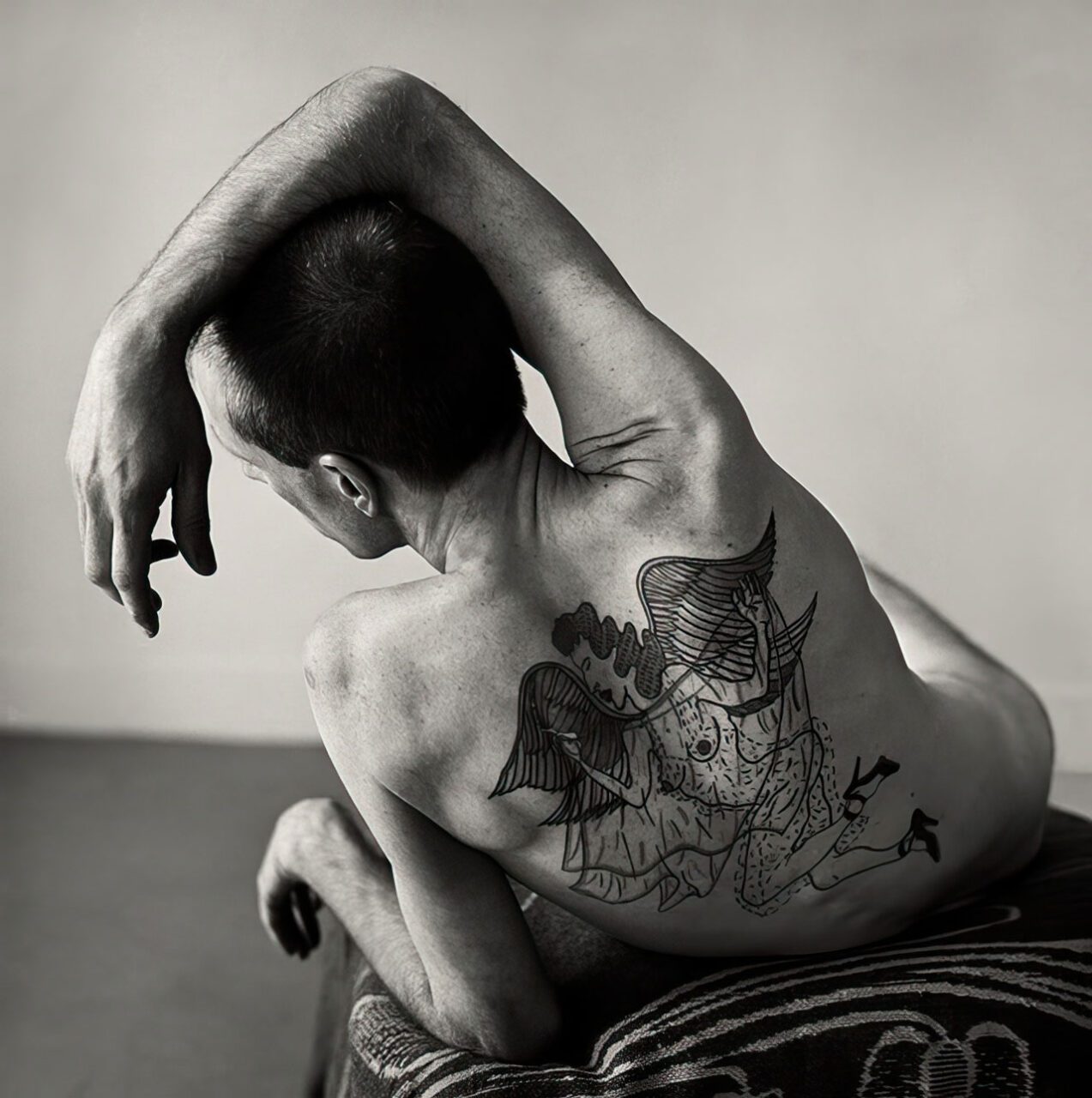
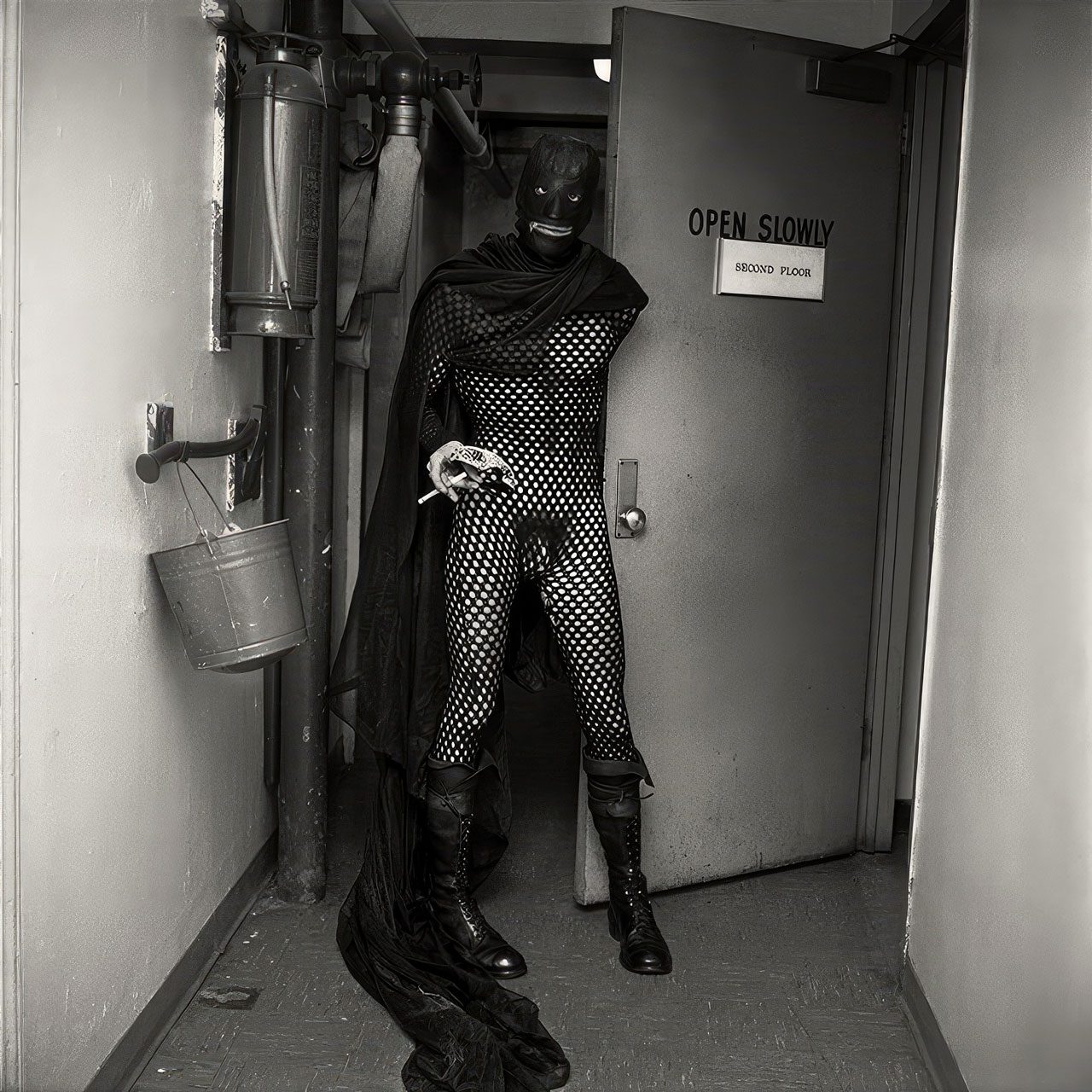
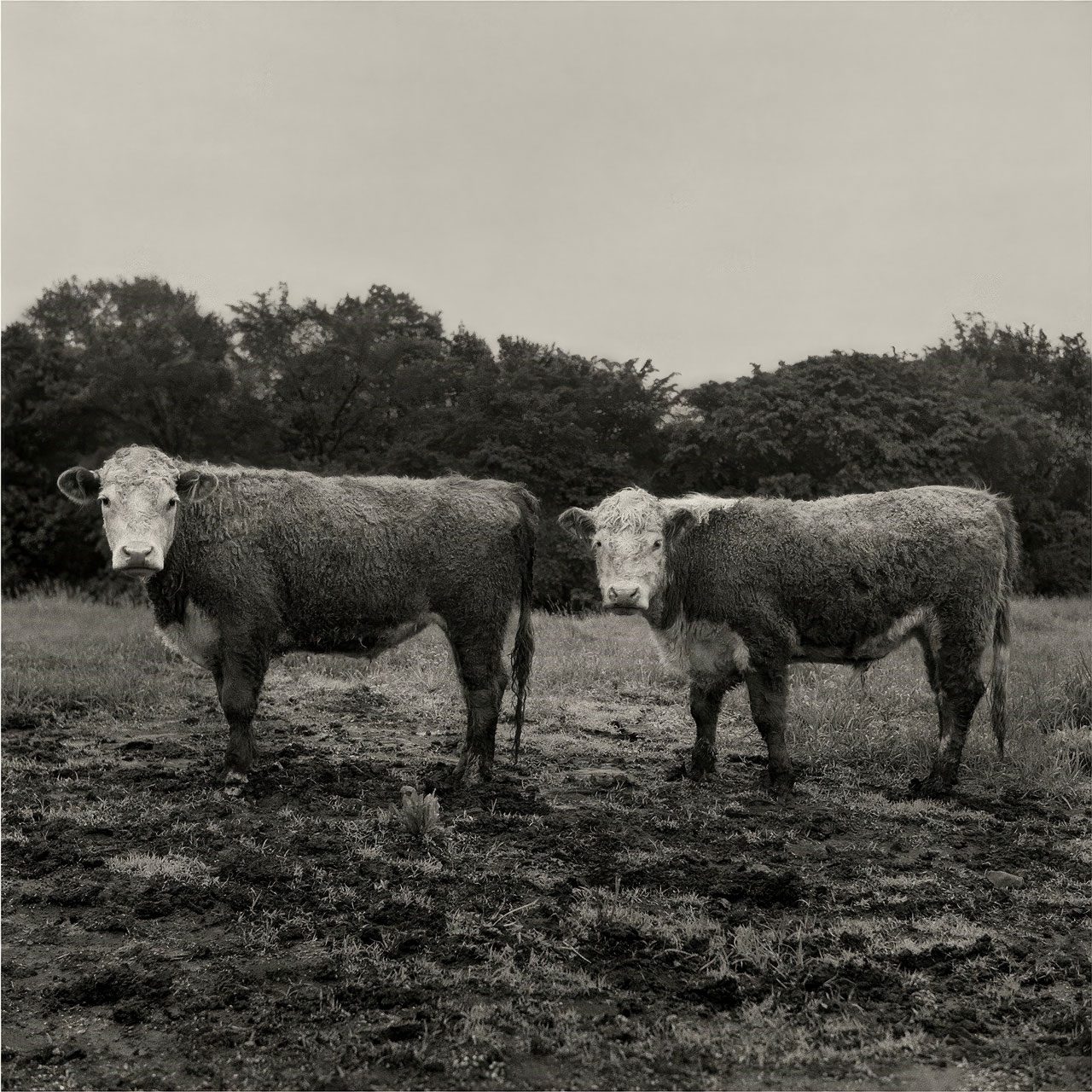
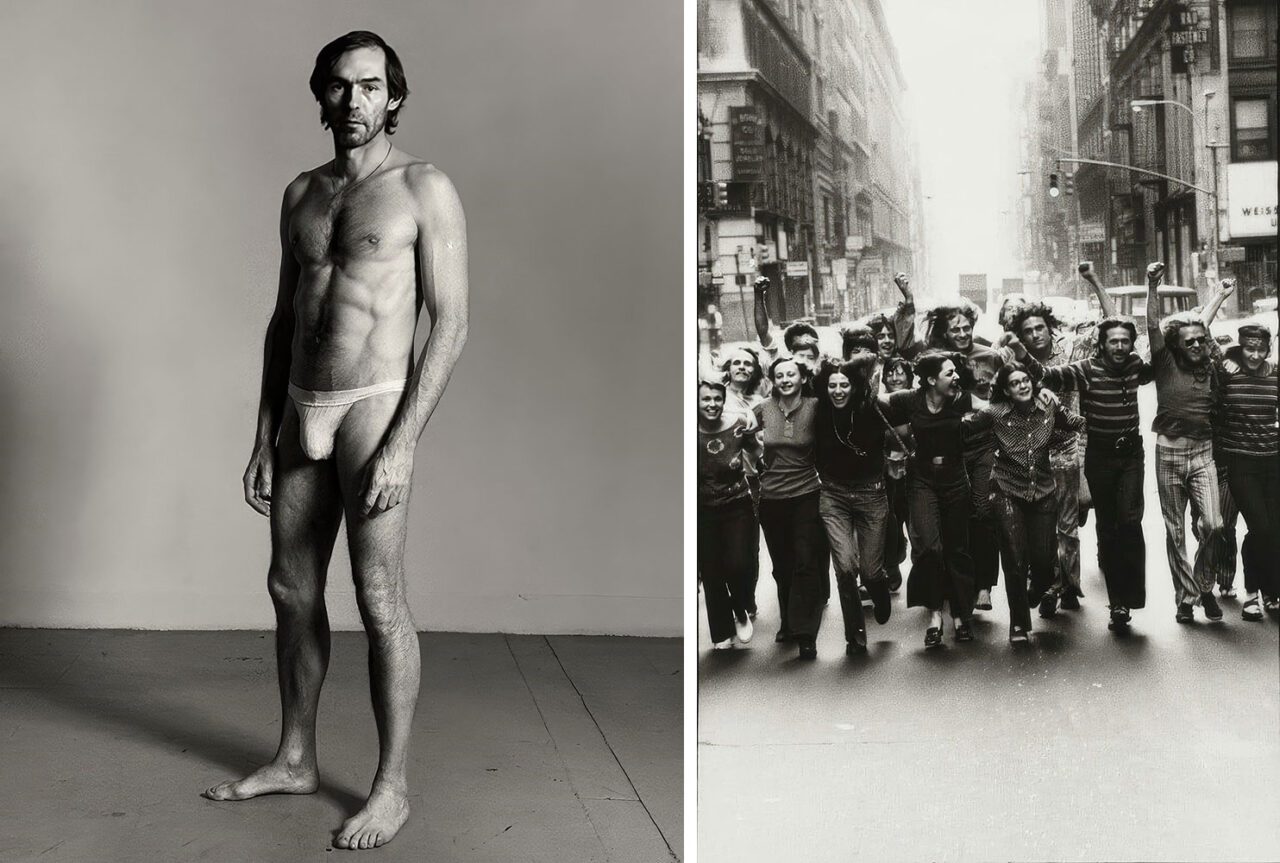
Right: Peter Hujar, “Gay Liberation Front Poster Image”, 1969, gelatin silver print, purchased on The Charina Endowment Fund, The Morgan Library & Museum, 2013.108:1.76. © Peter Hujar Archive, LLC, courtesy Pace/MacGill Gallery, New York and Fraenkel Gallery, San Francisco



